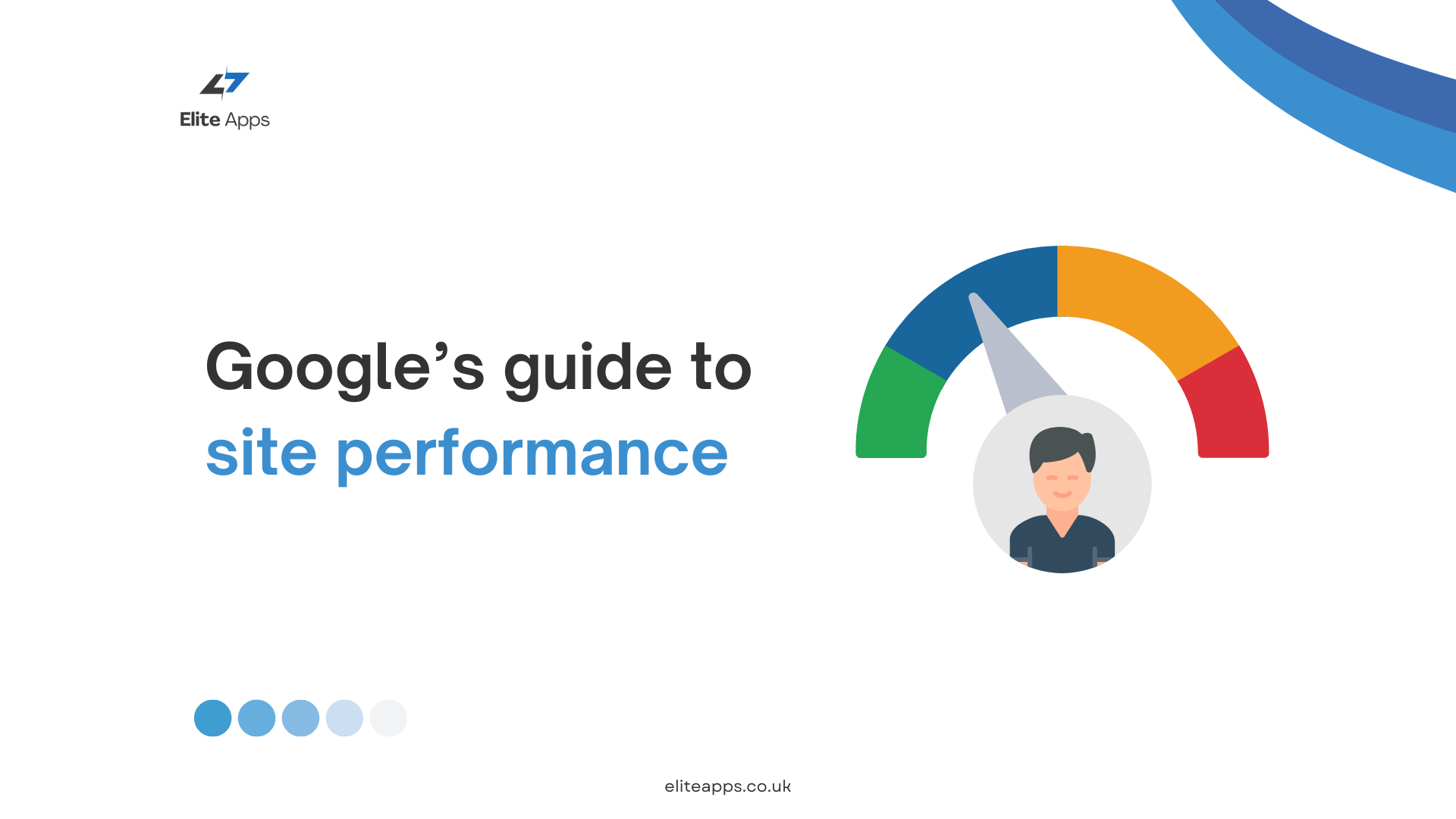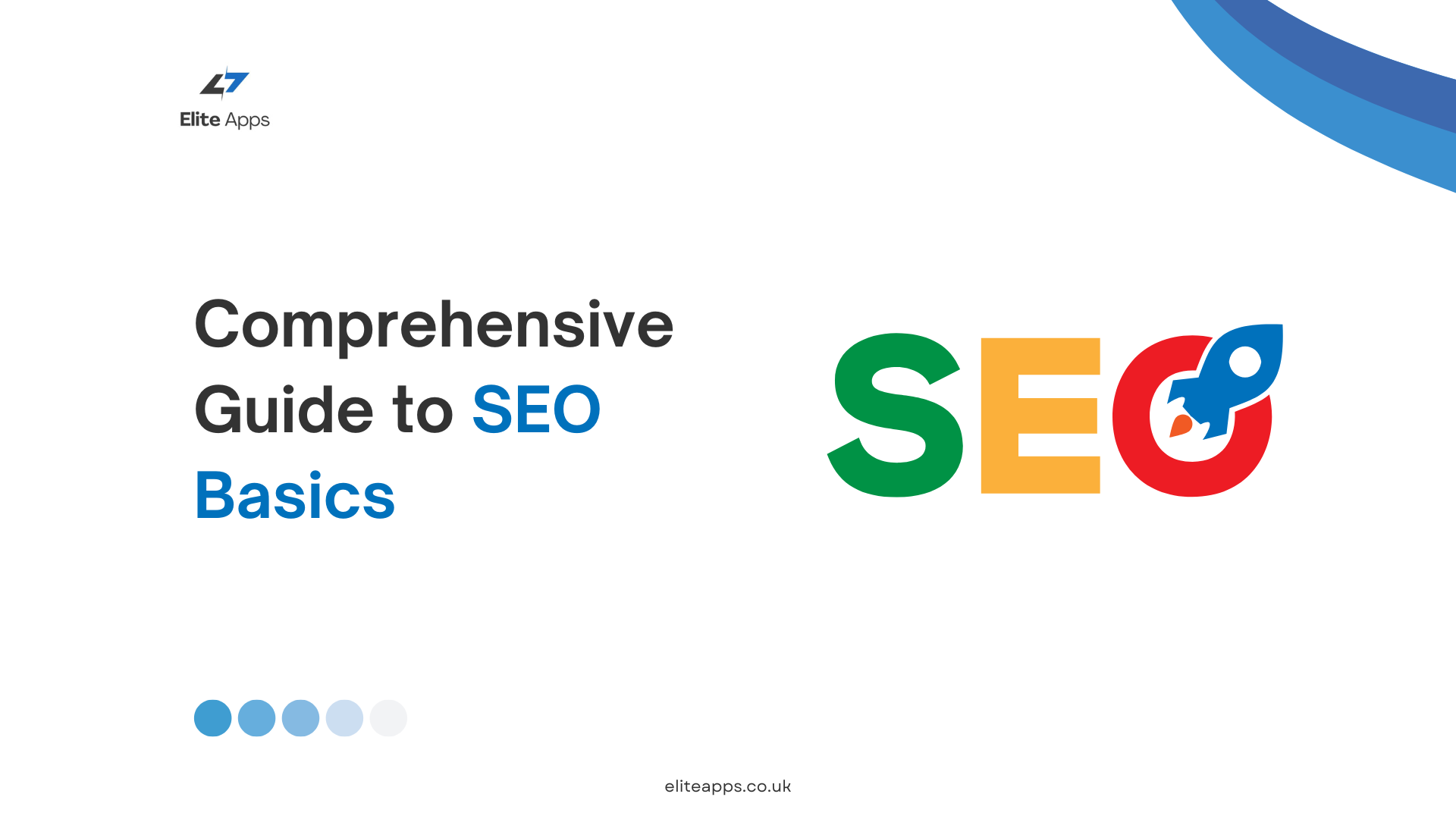The Importance of UX/UI Design in Mobile Apps: A Key to Success
In today’s fast-paced digital world, mobile applications have become indispensable. From shopping to banking, fitness to entertainment, we rely heavily on mobile apps for daily activities. With millions of apps available in the app stores, the key to standing out and retaining users often comes down to one critical aspect: UX/UI design.
UX (User Experience) and UI (User Interface) design are the heart and soul of mobile app success. They directly influence how users feel when they interact with an app, impacting usability, engagement, and overall satisfaction. In this blog, we’ll explore why UX/UI design is crucial for the success of any mobile application and how it can boost business performance.
What is UX/UI Design?
UX design is all about the user’s overall journey while using an app. It focuses on creating an experience that is simple, efficient, and enjoyable. It considers factors like user flow, app structure, navigation, and how quickly users can accomplish their goals.
UI design, on the other hand, refers to the app’s visual design—the layout, colors, typography, and interactive elements like buttons and icons. A well-designed UI not only enhances aesthetic appeal but also improves functionality by guiding users through the app smoothly.
Why UX/UI Design is Essential in Mobile Apps
1. First Impressions Matter
When users download a new app, their first impression is crucial. It takes only a few seconds for users to decide whether they like the app or not. A sleek, well-organized interface makes a strong first impression, encouraging users to explore the app further. Research shows that 75% of users base their opinion of an app on its design, which highlights the importance of UI design in creating initial engagement.
2. Improved Usability and User Satisfaction
A core aspect of UX design is usability—how easily and efficiently users can navigate through the app to achieve their objectives. A mobile app with a confusing layout or poor navigation can frustrate users, causing them to abandon it. A well-thought-out UX ensures that users can find what they need quickly, complete tasks effortlessly, and enjoy a smooth experience overall. High usability often leads to increased user satisfaction, which directly impacts retention rates.
3. Enhanced User Retention
Retaining users is just as important, if not more so, than acquiring them. Even if your app attracts a large number of downloads, it’s of little value if users quickly abandon it. Apps with a user-friendly interface and seamless experience have significantly higher retention rates. By focusing on UX/UI design, you can reduce churn and keep users engaged for longer periods, resulting in better app performance over time.
4. Boosts Conversions
Whether your app is designed for e-commerce, subscriptions, or lead generation, an intuitive UX/UI can greatly improve conversion rates. Simplifying the user journey—from landing on a product page to completing a purchase or signing up for a service—encourages users to take the desired action. In fact, companies that invest in optimizing their UX see a 400% increase in conversion rates, making it a vital aspect of app success.
5. Reduced Development Costs
Many app developers underestimate the importance of UX/UI design at the early stages of development. However, neglecting design can lead to costly errors later on. A poorly designed app often requires multiple rounds of revisions and updates, adding to both development time and cost. By investing in solid UX/UI design from the outset, you can avoid these costly mistakes and ensure the development process is smoother and more efficient.
6. Increased User Engagement
An engaging app design keeps users coming back. UI elements such as animations, micro-interactions, and intuitive feedback mechanisms (like progress bars or notifications) contribute to a more interactive experience. This level of engagement not only delights users but also helps build brand loyalty. When users enjoy interacting with your app, they are more likely to recommend it to others, driving organic growth.
7. Supports Accessibility
Accessibility in mobile apps is no longer optional; it’s a necessity. A well-designed app ensures that all users, including those with disabilities, can easily navigate and interact with the app. UX/UI design that takes into consideration features like screen readers, adjustable text sizes, and high-contrast color schemes allows your app to be more inclusive, broadening your user base. Moreover, meeting accessibility standards, like the Web Content Accessibility Guidelines (WCAG), helps avoid legal pitfalls while making your app more user-friendly.
Key Elements of Good UX/UI Design in Mobile Apps
To ensure a successful mobile app, several key principles should guide your UX/UI design:
- Consistency: Consistency in design elements such as buttons, icons, and navigation patterns enhances usability. Users should feel comfortable moving between different sections of the app without confusion.
- Responsiveness: Your app must be responsive to various devices and screen sizes. A responsive design ensures that the app functions smoothly across smartphones, tablets, and other devices.
- Simplicity: A clean and simple UI helps users focus on essential features. Cluttered designs can overwhelm users and lead to frustration. Minimalism often leads to better usability.
- User Feedback: Apps should provide users with immediate feedback when interacting with buttons, links, or forms. This can be as simple as highlighting a selected button or showing a loading spinner.
Conclusion
In the competitive landscape of mobile apps, UX/UI design is a critical factor that can determine the success or failure of your app. From improving usability to enhancing user engagement, good design is an investment that yields significant returns. By focusing on delivering a seamless and visually appealing user experience, businesses can boost customer satisfaction, retention, and ultimately, revenue.
Incorporating UX/UI best practices from the start of app development not only leads to a better product but also saves time and costs in the long run. So, whether you’re developing a new mobile app or improving an existing one, prioritize UX/UI design to ensure long-term success in the market.
For more insights on designing user-centric mobile apps, check out this comprehensive guide on UX design.








